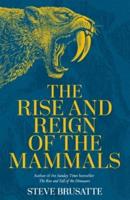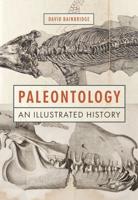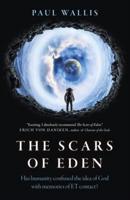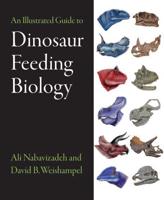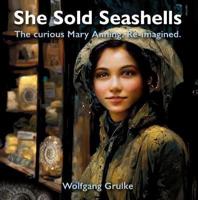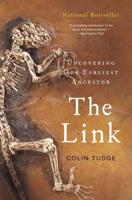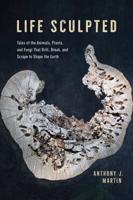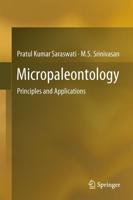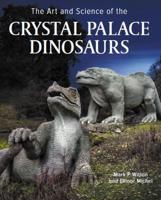Publisher's Synopsis
Excerpt from The Mineral Conchology of Great Britain, Vol. 5: Or Coloured Figures and Descriptions of Those Remains of Testaceous Animals or Shells, Which Have Been Preserved at Various Times and Depths in the Earth
IN this Genus the thickness of the lower or attached valve is very variable, even in the same species it is sometimes so thin as to have been overlooked; never theless it is that valve which possesses the characters of the Genus in the most eminent degree; for, it is found to be attached, like the lower valve of Ostrea, by its own surface; to be wholly destitute of hinge, by which the other valve is united to it, either in the form of teeth that lock into each other, or of ligament upon the edge; to be marked with the impressions of four tendinous muscles, that unite it at once with the animal and the other valve and to have a granulated inner surface, especially about the margin, which arises from its cellular, and not foli ated structure, a structure possessed also by Radiolites and Calceola, which Lamarck has arranged with it nu der his family Rudistes. Of the four muscular im pressions, two are placed at a distance from each other, near the margin, which is generally almost straight be tween them; the others are towards the centre of the disk, and only separated from each other by an'eminence in the lower valve, while they are more distant in the upper; the free or convex valve has a nearly central apex, is generally thin, and has the same granulated surface near the edge as the fixed valve has, but not in so remarkable a degree.
About the Publisher
Forgotten Books publishes hundreds of thousands of rare and classic books. Find more at www.forgottenbooks.com
This book is a reproduction of an important historical work. Forgotten Books uses state-of-the-art technology to digitally reconstruct the work, preserving the original format whilst repairing imperfections present in the aged copy. In rare cases, an imperfection in the original, such as a blemish or missing page, may be replicated in our edition. We do, however, repair the vast majority of imperfections successfully; any imperfections that remain are intentionally left to preserve the state of such historical works.

